
Companies choose to outsource in-house IT services and projects to reduce costs and strategically respond to new business demands by expanding their IT departments with expert human resources and critical technical skills. Cost optimization is one of the main factors for many organizations in adopting an outsourcing solution.
IT outsourcing can cut costs significantly, and it is a working solution for many organizations in different industries worldwide. However, when selecting a collaboration model and budgeting for IT outsourcing, there are several key factors that should be considered. Based on our extensive experience in partnering with a variety of offshore and nearshore clients, we outline the most important points to have in mind when discussing and planning your organization’s budget for IT outsourcing costs.
Average Cost of IT Outsourcing
According to Daxx.com, hiring an in-house software developer in the US will cost your organization between $137K and $173K per year including additional taxes and employee benefits.
The cost of outsourced IT services usually depends on several factors, such as the type of engagement model, specialists’ role, engagement length, and the expertise of technical personnel.
According to Qubit Labs, the hourly rates for staff augmentation range from $20 to $300 depending on the location and type of service. In comparison, offshore software development in Eastern Europe costs between $25 and $50 per hour as stated in research of Daxx.com. It is easy to see why U.S. companies frequently opt to outsource their IT needs to IT outsourcing services companies based in Eastern Europe.
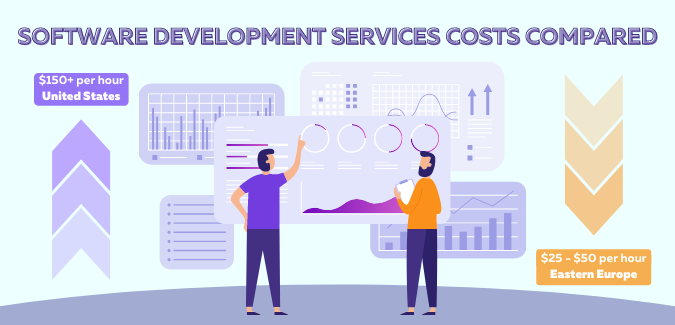
If you hire a software engineer in the UK, you will have to pay around $82,199 per year, including taxes. A developer in Germany will cost you $97,396 per year, with taxes, and in the Netherlands, a programmer will cost you $95,669 per year, according to Daxx.com. Hence, Western European companies have also turned to nearshoring because of the lower costs in Eastern Europe.
IT Outsourcing Pricing Models Explained
Fixed Cost
This is a straightforward pricing model that is used when you have clearly defined requirements regarding the service, which are not expected to change during the service process. It is most suitable for the project outsourcing engagement model as it has precise project requirements and timeframe, though it can also be applied to the dedicated teams model if the same service conditions exist.
Time and Materials
This is a flexible model that is applicable to continuous projects that do not have an end date or pre-set requirements. It can be based on hourly, daily, weekly, or monthly rates for service delivery according to the agreement or service type. This pricing model is most suitable for staff augmentation collaboration as well as for a dedicated team model.
Mixed Mode
This model is appropriate when you want flexibility in pricing and engagement. It is a combination of the fixed cost and time and materials models and can be used when there are no specific requirements from the client, but the service still needs to be delivered within a particular timespan.
Main Factors to Consider When Budgeting for IT Outsourcing Costs
Taking into account some of the most common cost-related questions from our clients, we list the following factors that you should consider when budgeting for IT outsourcing costs.
Compare In-House and Outsourced IT Services
Ensure that outsourcing will generate savings for your IT department by comparing your current development expenses with a potential cost-effective outsourcing solution. Taking into consideration the above-mentioned average costs of in-house developers and IT outsourcing services, you can determine where your organization stands in terms of development expenses. You will find that outsourced IT services generate long-term savings for your company by cutting overhead costs for recruitment, taxes, office and technical expenses, and employee perks.
Choose the Right Engagement Model for Your Needs
The collaboration model you choose will also determine the cost of outsourcing. Depending on whether your company has an in-house IT department or you need just one/two specialists or an entire team, choose between the engagement models of staff augmentation, dedicated teams, and project outsourcing.
If your organization has an internal IT team but it needs to be expanded with additional resources and specific technical skillsets, then staff augmentation model will be appropriate. If you have an in-house IT department but you need a separate outsourced team (including developers, QAs, project manager, ASEs, etc.) to cover a different project under your company’s management, then choose the dedicated team model. If your organization does not have an internal IT department but it needs a concrete solution to be developed, then you should ideally outsource the entire project to an external service provider.
Compare Vendor Rates
As stated above, vendor rates can vary depending on location and other factors. A provider that offers the lowest rates could alarm for low quality of service and questionable delivery of the expected final product, so do not choose vendors on rates alone. Do your research on the rates of different vendors, and try to find a happy medium in terms of prices while paying special attention to quality. Even though an outsourced solution should be more cost-effective than in-house development, that should not come by sacrificing quality.
Select a Vendor with the Optimal Quality-Price Ratio
Following up on the previous point, vendor expertise and service quality should not be accorded a lower priority than cost in the decision-making process. Carefully compare between several vendors by looking at client feedback, references, and years of experience in the field. Also, consider the value that a vendor commits to offer for your money and always look for added value in a business partnership.
Set Clear Requirements to Receive a Correct Estimate
Conduct one or several preliminary meetings with the selected IT vendor during which all details regarding the service should be communicated. Explain your organization’s challenge, its current IT setup, define the product that needs to be built, and make all your requirements clear. Based on that, the vendor will be able to propose the best solution to match your specific needs and prepare an estimate that includes all specifications with corresponding rates or total project cost.
Go with a Long-Term Partner to Achieve Long-Term Cost Optimization
Long-term partnering with a trusted IT provider will generate permanent benefits for your IT department and organization, including long-term cost optimization. Therefore, look for a partner with a record of successful offshore/nearshore business relationships, and choose one that you will be able to continuously rely on. This way, you will not only acquire extra value but will also generate permanent cost savings. For instance, the cost of a one-year agreement will help you plan the service budget ahead of time and estimate the financial benefits for your company.
To recap, IT outsourcing costs depend on several factors, and budgeting for such services should be done in accordance with the specifics of your organization’s current IT setup and its challenges and needs. The above-described factors will help you when comparing vendor rates, selecting a partner, and budgeting for IT services. Of course, experienced IT outsourcing services companies can always provide guidance on how to budget for a particular service.
If you are considering an IT outsourcing solution and need more information regarding engagement models, pricing models, and budgeting, we invite you to take advantage of our free IT consultation offer. Our experts would be glad to help based on their extensive 14+ years of experience collaborating with a number of offshore and nearshore clients across industries.
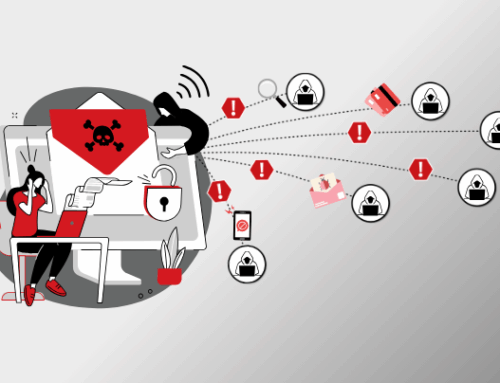
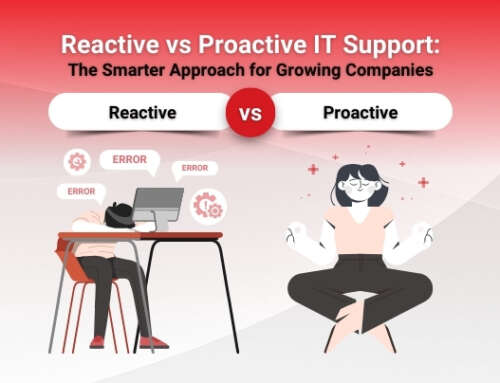
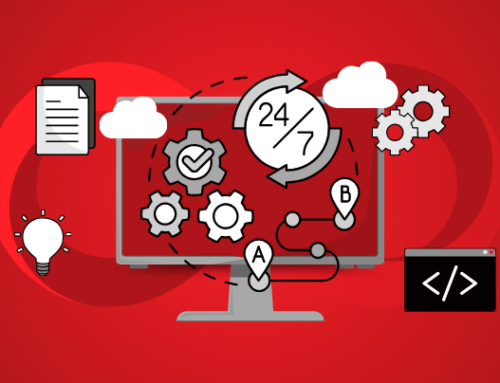
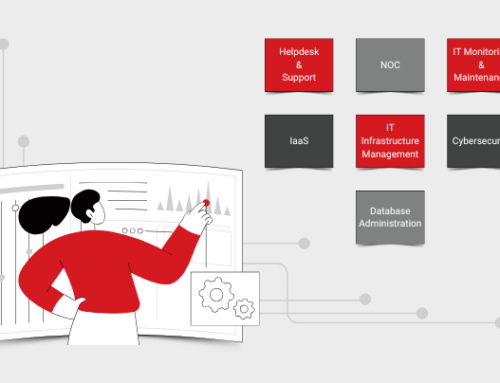
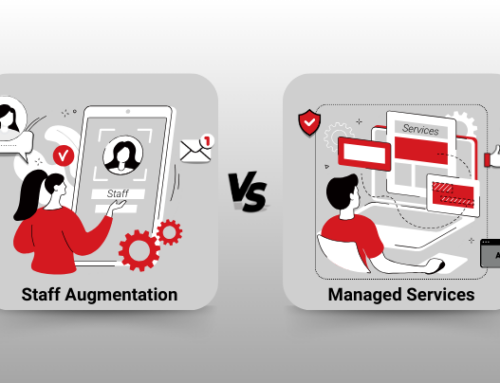
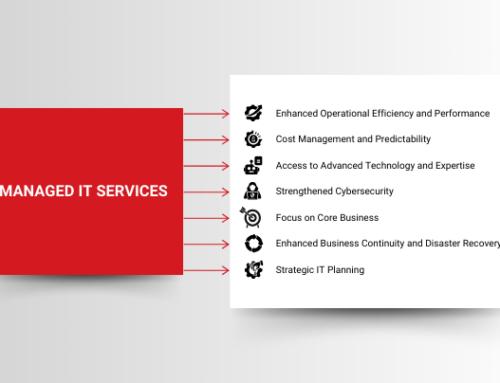

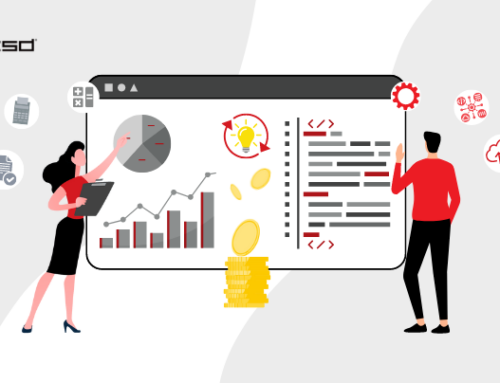
IT Outsourcing helps in getting the work done on minor hourly or project based costing. Outsourcing leads to an easy way getting required projects done by the external teams. Today there is a fixed cost for each and every Expert Developer or IT Professional but with the time, changes are required to meet the changing trends and standards, so in such cases the costing may vary. Outsourcing is proven as the best approach in todays time and in order to cut down costing and various stress on particular work tasks, every company must opt for Outsourcing IT Services. According to you, Which is the best Approach for a startups to opt between an App and a Website to build their Effective online presence?
Best article and allocating budget for IT is always a good way to improve your business
It’s important to understand the type of IT you want to be delivered in your business and as per that costs might vary. Thanks for writing on a such an important topic.
Be aware of any potential hidden or additional costs, such as taxes, travel expenses, currency conversion, or vendor-specific charges. Thoroughly review the contract and clarify any ambiguities to avoid unexpected costs. just and add-on given. Thanks, Yuliyana for taking your time for such outstanding research and informative post!